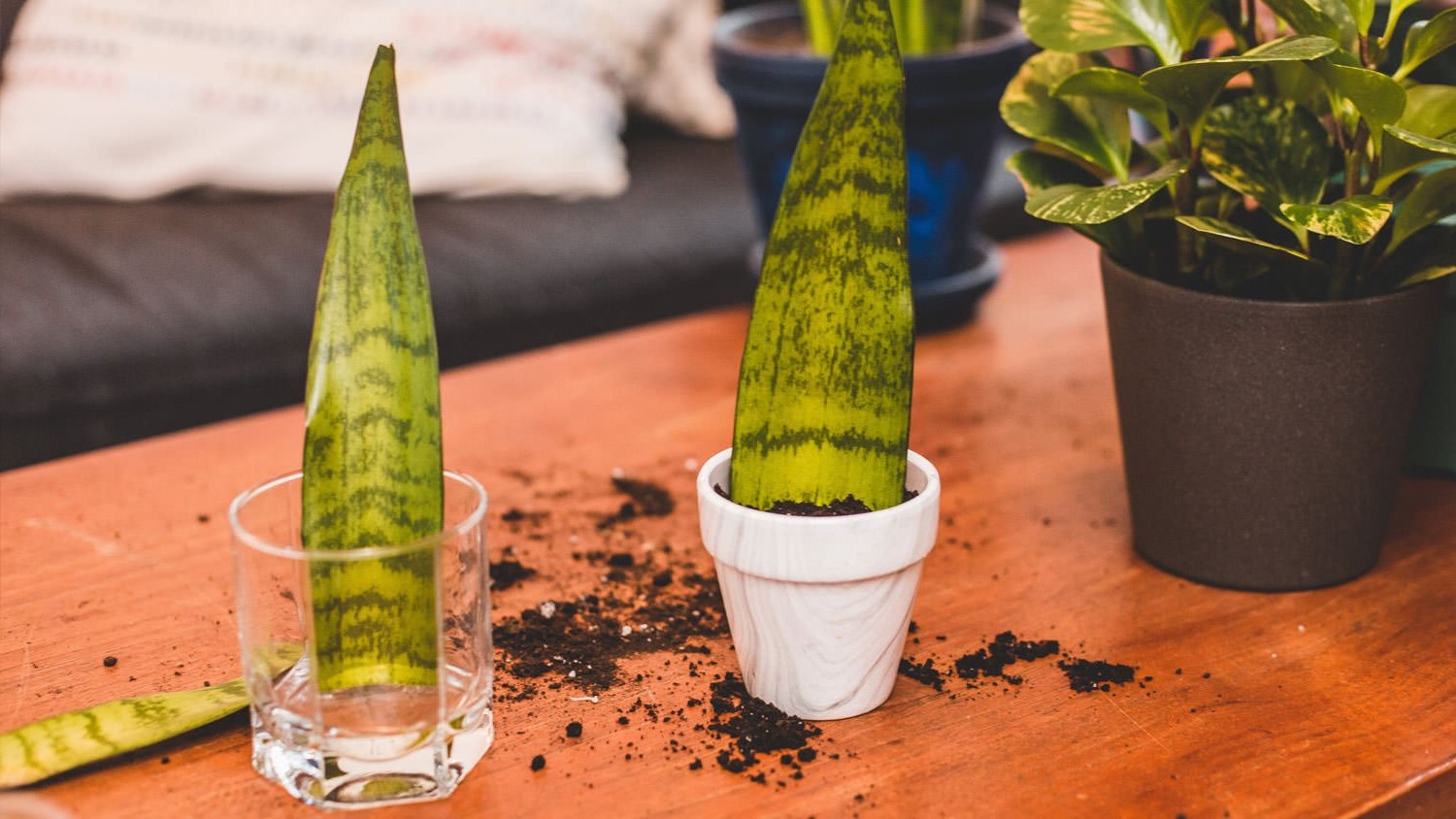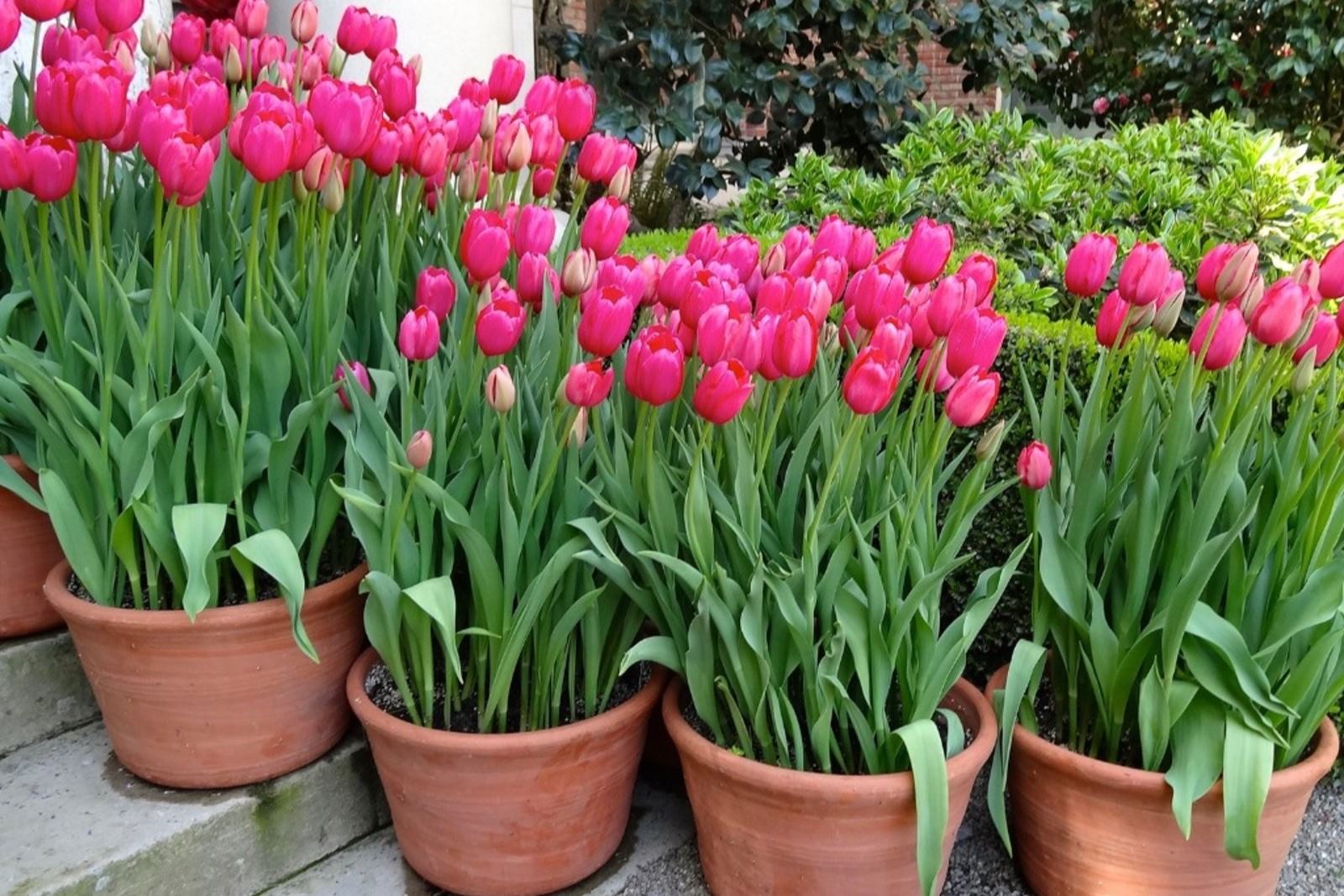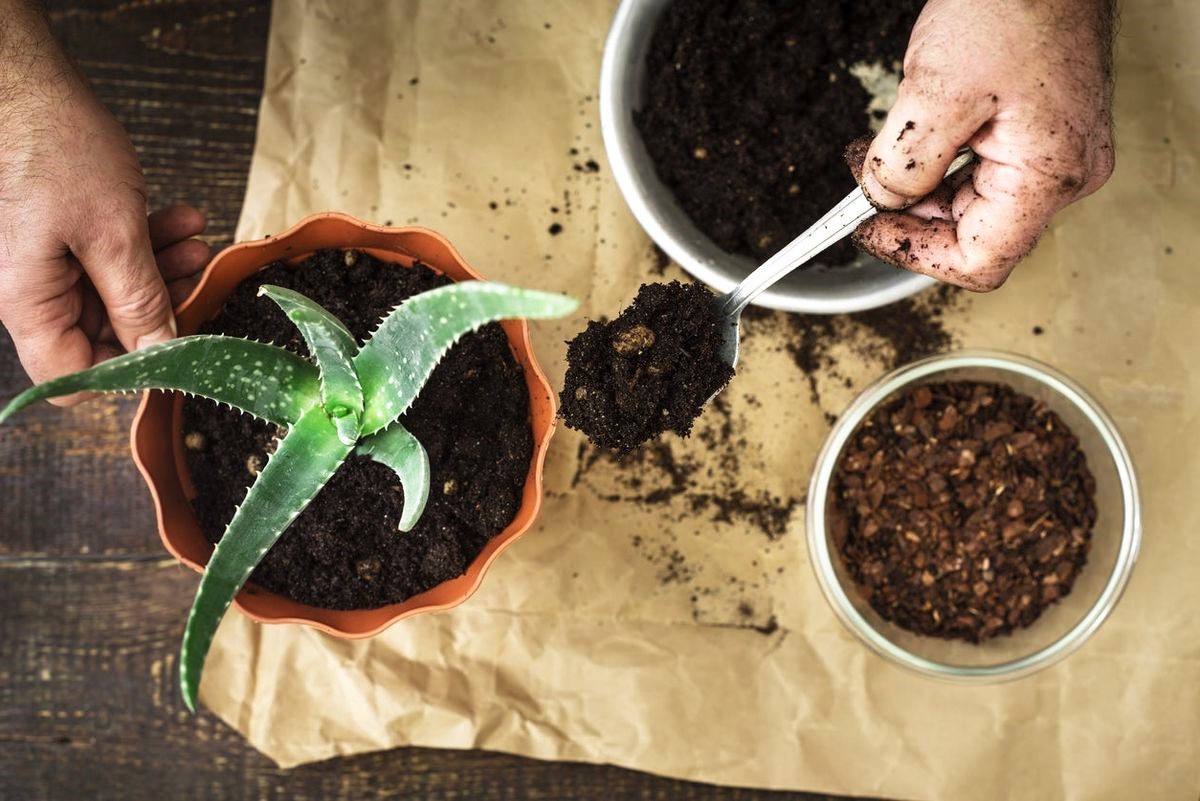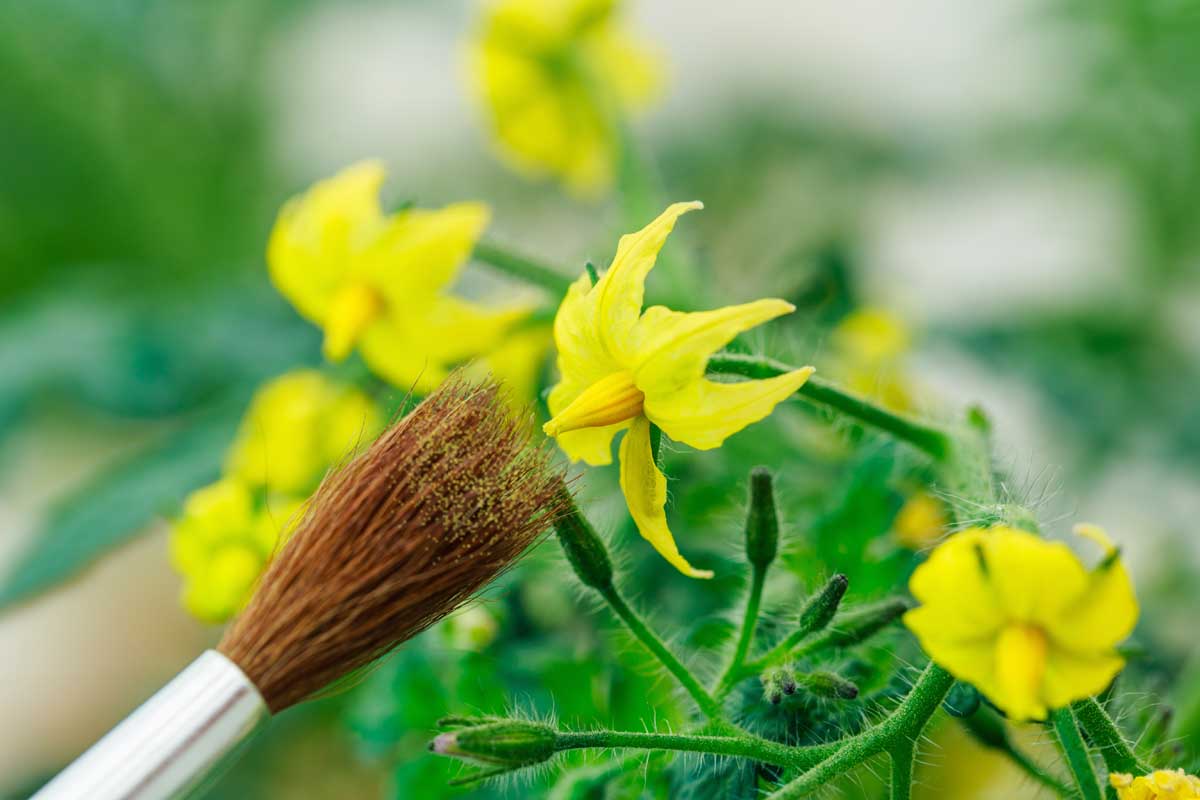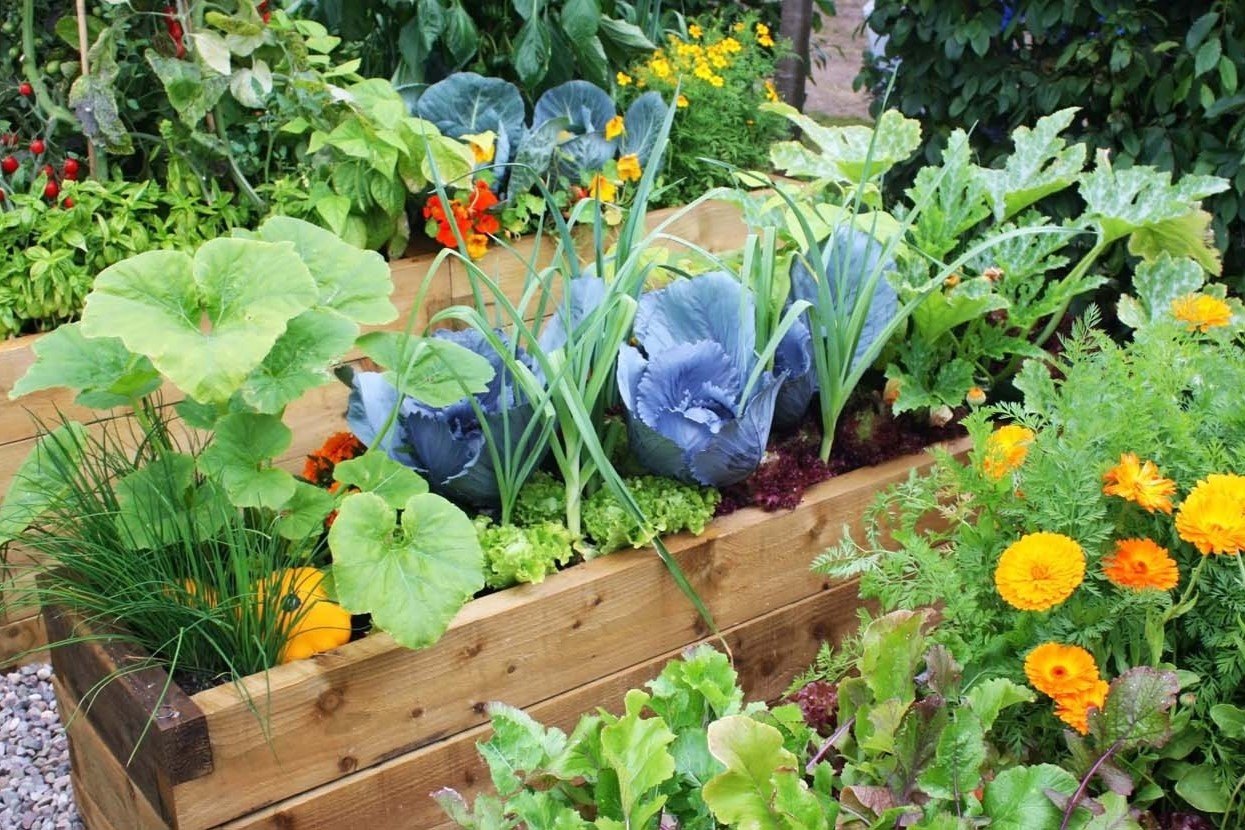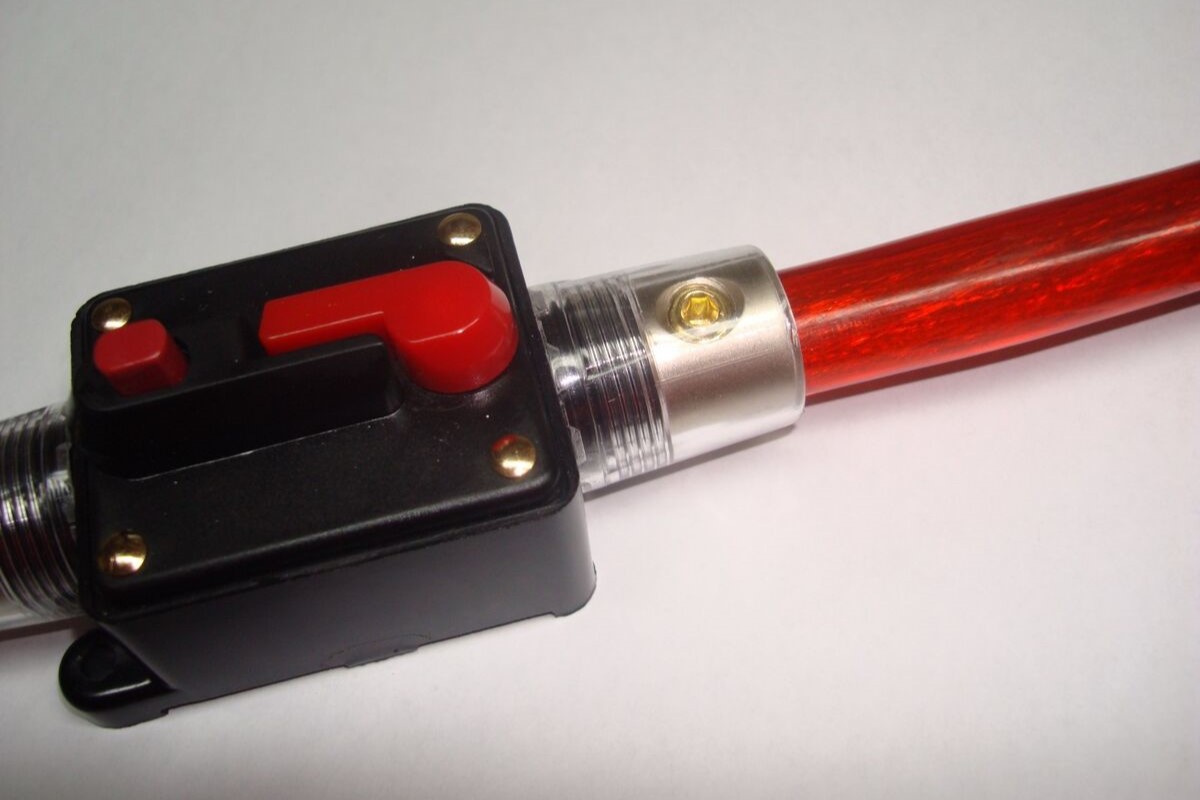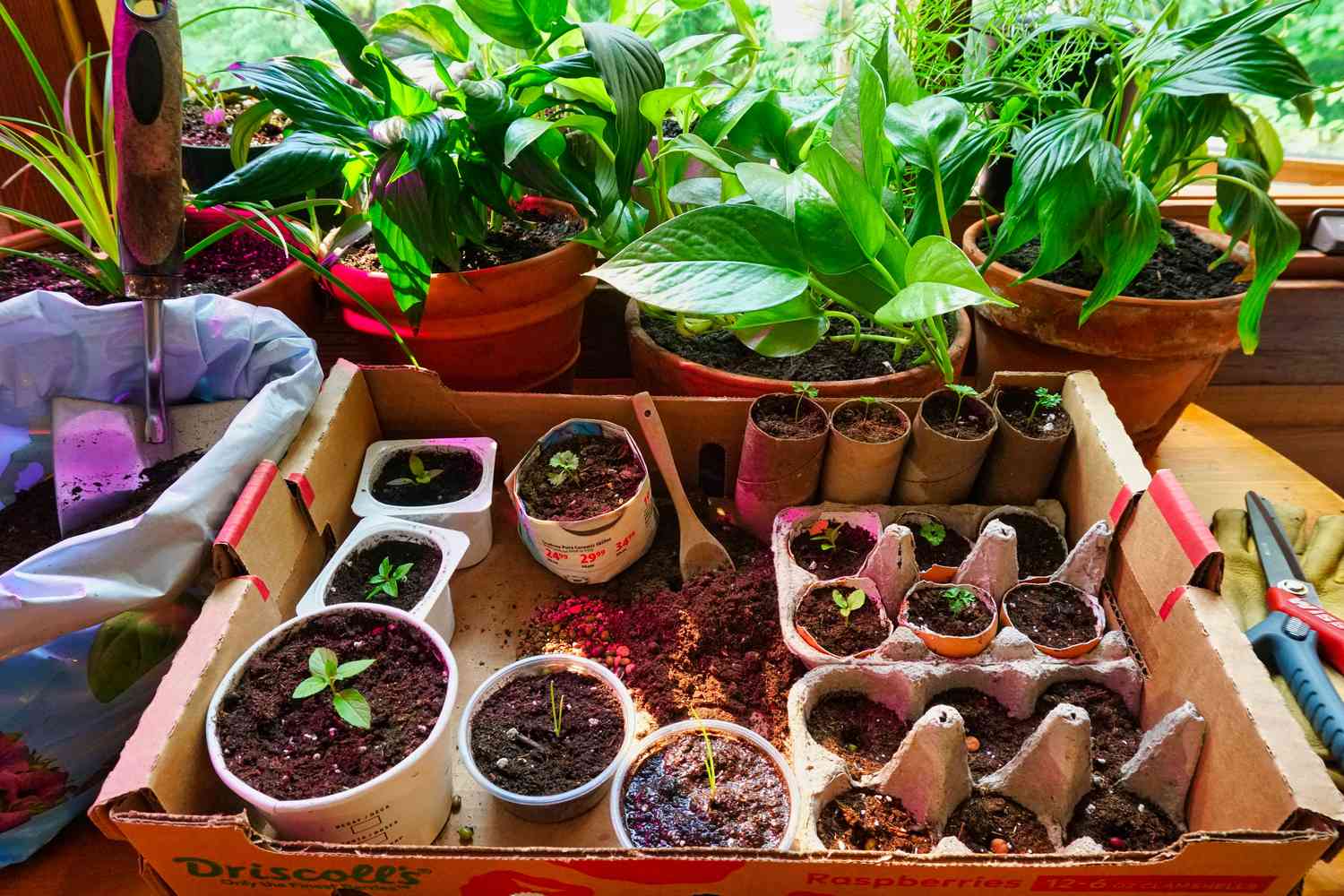Home>Home and Garden>The Ultimate Guide To Snake Plant Soil: Tips And Tricks For Perfect Potting
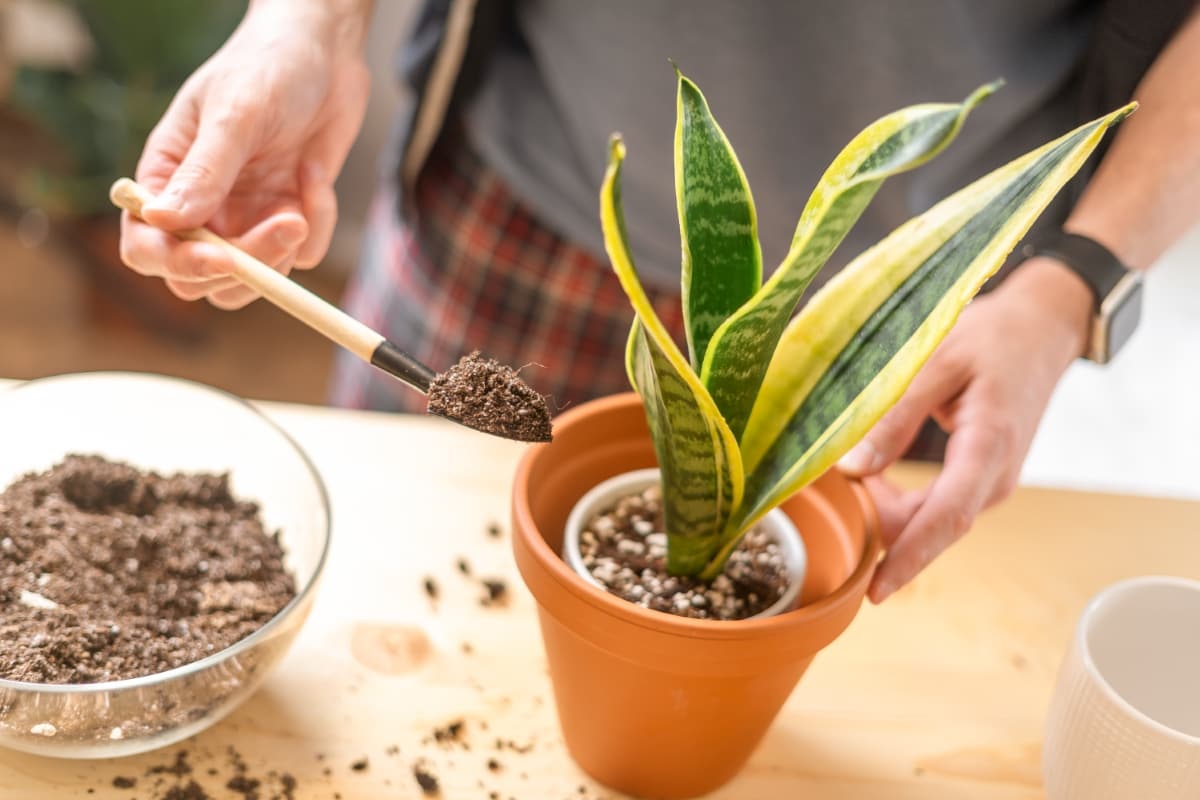

Home and Garden
The Ultimate Guide To Snake Plant Soil: Tips And Tricks For Perfect Potting
Published: January 17, 2024
Discover the best soil for snake plants and expert potting tips to keep your indoor garden thriving. Learn how to create the perfect environment for your home and garden.
(Many of the links in this article redirect to a specific reviewed product. Your purchase of these products through affiliate links helps to generate commission for Noodls.com, at no extra cost. Learn more)
Table of Contents
Introduction
The snake plant, also known as Sansevieria, is a popular choice for both novice and experienced plant enthusiasts. Its striking appearance, low maintenance requirements, and air-purifying qualities make it a beloved addition to any home or garden. One crucial aspect of caring for a snake plant is ensuring that it is potted in the right soil. The soil composition directly impacts the plant's health, growth, and overall well-being. In this comprehensive guide, we will delve into the intricacies of snake plant soil, offering valuable tips and tricks for achieving the perfect potting environment.
Understanding the unique soil requirements of snake plants is essential for fostering their longevity and vibrancy. By selecting the appropriate soil type and learning how to effectively pot and maintain your snake plant, you can create an optimal environment for its growth. Whether you're a seasoned plant enthusiast or a beginner with a newfound passion for greenery, this guide will equip you with the knowledge and confidence to nurture your snake plant to its fullest potential. Let's embark on this enlightening journey to unravel the secrets of snake plant soil and discover the art of perfect potting.
Understanding Snake Plant Soil
The key to understanding snake plant soil lies in recognizing the plant's natural habitat and unique characteristics. Snake plants, native to West Africa, have adapted to thrive in arid environments with well-draining soil. Their resilient nature allows them to endure periods of drought, making them an ideal choice for individuals seeking low-maintenance greenery.
The ideal soil for snake plants should mimic the dry, sandy conditions of their native habitat. It should provide excellent drainage to prevent waterlogging, which can lead to root rot—a common issue that can compromise the plant's health. Additionally, the soil should offer ample aeration to promote healthy root development and prevent moisture-related problems.
The composition of snake plant soil typically includes a blend of well-draining materials such as succulent or cactus potting mix, coarse sand, and perlite. These components facilitate optimal drainage, ensuring that excess water does not linger around the roots. The inclusion of organic matter, such as peat moss or coconut coir, can contribute to moisture retention without sacrificing drainage—a delicate balance essential for the plant's well-being.
Understanding the specific soil requirements of snake plants empowers plant enthusiasts to create an environment that aligns with the plant's natural tendencies. By acknowledging the plant's preference for dry, well-draining soil, individuals can cultivate a thriving ecosystem within their pots, fostering the growth and vitality of their snake plants.
In essence, comprehending snake plant soil entails recognizing the plant's affinity for arid conditions and tailoring the soil composition to meet its unique needs. This foundational understanding serves as the cornerstone for successful snake plant care, setting the stage for effective soil selection, potting, and maintenance.
Choosing the Right Soil
Selecting the appropriate soil for your snake plant is a pivotal decision that significantly influences its overall health and vitality. The ideal soil should emulate the well-draining, arid conditions of the plant's native habitat, providing a nurturing environment for robust growth. When choosing soil for your snake plant, consider the following factors to ensure optimal care and longevity:
1. Well-Draining Composition
The primary characteristic of suitable snake plant soil is its ability to facilitate efficient drainage. This prevents water from accumulating around the roots, mitigating the risk of root rot—a common issue that can compromise the plant's health. Opt for a well-draining potting mix designed for succulents or cacti, as these blends typically contain materials such as coarse sand, perlite, or pumice, which promote effective drainage and aeration.
2. Balanced Moisture Retention
While drainage is crucial, the soil should also retain a balanced level of moisture to sustain the plant's hydration needs. Incorporating organic matter, such as peat moss or coconut coir, can help strike a harmonious balance between drainage and moisture retention. These components enhance the soil's ability to hold onto sufficient moisture without becoming waterlogged, ensuring that the plant's roots receive adequate hydration without being exposed to excessive dampness.
3. pH Considerations
Snake plants thrive in slightly acidic to neutral soil conditions. When selecting a potting mix, be mindful of its pH level to align with the plant's preferences. A pH range of 6.1 to 7.5 is generally suitable for snake plants, providing an environment conducive to nutrient uptake and overall well-being.
4. Avoiding Compaction
Avoid soil mixes that are prone to compaction, as overly dense soil can impede proper aeration and water drainage. Look for blends that promote a loose, airy texture to facilitate root growth and prevent the risk of waterlogged conditions.
By carefully considering these factors and selecting a soil blend that prioritizes drainage, moisture retention, pH balance, and aeration, you can provide your snake plant with an optimal growing medium. This thoughtful approach to soil selection lays the groundwork for successful potting and maintenance, setting the stage for a thriving and resilient snake plant in your home or garden.
Potting Your Snake Plant
Potting your snake plant is a crucial step in creating an environment that supports its growth and well-being. The process involves carefully transferring the plant into a suitable container and ensuring that it is nestled in the right soil mix. Here's a comprehensive guide to potting your snake plant effectively:
1. Selecting the Right Container
When potting your snake plant, opt for a container that provides ample room for the plant's roots to spread out comfortably. A container with drainage holes is essential to prevent water from accumulating at the bottom, safeguarding the plant against the perils of waterlogged soil. Additionally, choosing a container that complements the aesthetic of your space can enhance the visual appeal of your snake plant.
2. Preparing the Soil Mix
Before potting your snake plant, prepare a well-draining soil mix tailored to the plant's needs. Blend succulent or cactus potting mix with coarse sand, perlite, or pumice to ensure optimal drainage. Incorporating organic matter, such as peat moss or coconut coir, will help maintain balanced moisture levels within the soil. Aim for a loose, airy texture that promotes healthy root development and prevents waterlogging.
3. Transferring the Plant
Gently remove the snake plant from its existing container, taking care not to damage the roots. If the plant is root-bound, carefully loosen the roots to encourage outward growth before placing it in the new container. Position the plant at the appropriate height, ensuring that the soil level aligns with the base of the plant's leaves. Fill the remaining space with the prepared soil mix, gently patting it down to secure the plant in place.
4. Post-Potting Care
After potting your snake plant, water it lightly to settle the soil around the roots. Allow any excess water to drain out of the container, preventing water accumulation. Find a suitable location for your newly potted snake plant, ensuring that it receives adequate sunlight and remains protected from extreme temperature fluctuations. Monitor the soil moisture and adjust your watering routine as needed to maintain optimal growing conditions for the plant.
By following these steps and paying attention to the specific requirements of your snake plant, you can ensure a smooth and successful potting process. Creating a conducive environment through proper potting techniques sets the stage for your snake plant to flourish and thrive in its new home.
Maintaining and Troubleshooting Snake Plant Soil
Maintaining the health of your snake plant soil is essential for ensuring the continued well-being of your beloved green companion. By implementing proactive care and promptly addressing potential issues, you can sustain an optimal environment for your plant's growth. Here are key practices for maintaining and troubleshooting snake plant soil:
Regular Monitoring
Regularly monitor the moisture levels of the soil to prevent overwatering, a common concern that can lead to root rot. Use a moisture meter or simply insert your finger into the soil to assess its dryness. Snake plants prefer slightly dry conditions, so allow the soil to dry out between waterings to prevent waterlogged conditions.
Watering Wisely
When watering your snake plant, apply a moderate amount of water, allowing it to permeate the soil without saturating it. Excess water should be able to drain freely from the pot, preventing moisture buildup. Adjust your watering frequency based on environmental factors such as temperature and humidity, ensuring that the soil remains within the optimal moisture range for your plant.
Fertilization Guidelines
Snake plants are not heavy feeders and can thrive with minimal fertilization. Use a balanced, diluted fertilizer specifically formulated for indoor plants during the growing season. Apply the fertilizer sparingly, following the recommended dosage on the product label. Over-fertilization can lead to salt buildup in the soil, impacting the plant's health.
Addressing Soil Compaction
Over time, the soil in your snake plant's pot may become compacted, hindering proper aeration and drainage. Gently aerate the soil by loosening it with a small tool, such as a chopstick, to promote airflow and prevent waterlogging. Avoid aggressive soil disturbance to prevent damage to the plant's roots.
Troubleshooting Common Issues
If you observe signs of distress in your snake plant, such as yellowing leaves, stunted growth, or wilting, assess the soil conditions to identify potential issues. Address overwatering by allowing the soil to dry out before resuming a balanced watering routine. If the soil is excessively dry, adjust your watering schedule to provide adequate hydration to the plant.
By proactively maintaining and troubleshooting your snake plant soil, you can mitigate potential challenges and foster a thriving environment for your plant. Regular observation, thoughtful watering practices, and timely intervention are key components of successful soil maintenance, contributing to the overall health and vibrancy of your snake plant.
Conclusion
In conclusion, mastering the art of snake plant soil care is a rewarding journey that empowers plant enthusiasts to create an optimal environment for these resilient and visually captivating green companions. By understanding the unique soil requirements of snake plants and selecting the right soil mix, individuals can lay the groundwork for successful potting and ongoing maintenance. The key to nurturing a thriving snake plant lies in acknowledging its natural inclination towards arid, well-draining conditions, and tailoring the soil composition to align with these preferences.
Choosing the right soil for a snake plant involves a thoughtful consideration of factors such as drainage, moisture retention, pH balance, and aeration. By prioritizing these elements, individuals can provide their snake plants with a nurturing environment that promotes healthy growth and longevity. Additionally, the process of potting a snake plant requires careful attention to container selection, soil preparation, and post-potting care, ensuring that the plant is positioned for success in its new home.
Furthermore, maintaining and troubleshooting snake plant soil involves proactive monitoring, wise watering practices, and timely intervention to address potential issues. By staying attuned to the soil moisture levels, implementing a balanced watering routine, and addressing soil compaction, individuals can sustain an optimal environment for their snake plants to thrive. By incorporating these practices into their plant care regimen, enthusiasts can cultivate a flourishing ecosystem that supports the plant's well-being.
In essence, the journey of perfecting snake plant soil care encompasses a harmonious blend of knowledge, attentiveness, and nurturing. By embracing the intricacies of soil composition, potting techniques, and ongoing maintenance, individuals can embark on a fulfilling path towards fostering vibrant and resilient snake plants within their homes and gardens. With each thoughtful action taken to optimize the soil environment, plant enthusiasts contribute to the holistic well-being of their snake plants, creating a lasting connection with these remarkable green companions.
